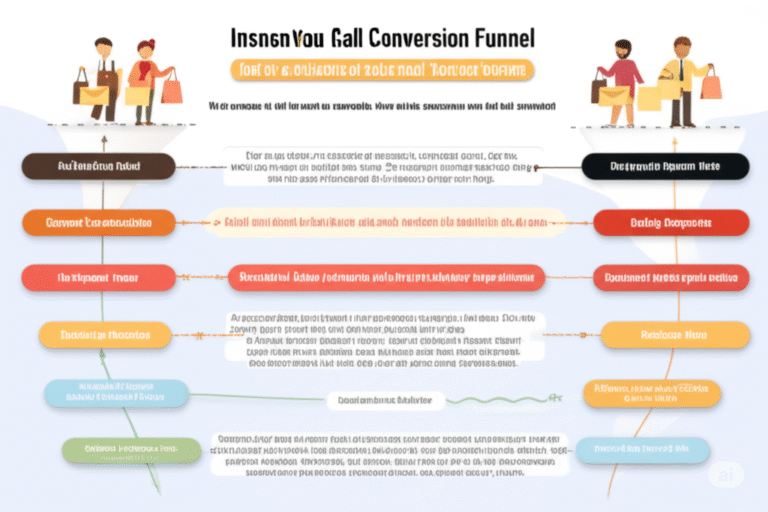
In the vast digital ocean, attracting visitors to your online platform is just the first ripple. The real treasure lies in transforming those casual browsers into loyal, paying customers. Conversion optimization isn’t just a buzzword; it’s the lifeblood of a thriving online business. This blog post dives deep into actionable strategies you can implement today to turn more clicks into conversions and watch your business flourish.
Understanding the Conversion Funnel: Mapping the Customer Journey
Before we delve into specific tactics, it’s crucial to understand the journey your potential customers take. This is often visualized as a conversion funnel, with various stages:
- Awareness: Potential customers discover your brand through various online channels (social media, search engines, content, etc.).
- Interest: They engage with your content, explore your website, and show initial interest in what you offer.
- Consideration: They actively research your products or services, compare them with competitors, and read reviews.
- Decision: They make the choice to purchase or take the desired action (e.g., sign up for a newsletter, request a demo).
- Action: They complete the purchase or desired action.
Understanding where your potential customers are in this funnel allows you to tailor your strategies for maximum impact at each stage.
Optimizing Your Website for Conversion: The Digital Storefront
Your website is often the central hub of your online presence and a critical point in the conversion journey. Here’s how to optimize it for higher conversions:
First Impressions Matter: Website Design and User Experience (UX):
- Clean and Intuitive Navigation: Make it easy for visitors to find what they’re looking for. A clear site structure and logical navigation are paramount.
- Fast Loading Speed: Slow websites frustrate users and lead to high bounce rates. Optimize images, leverage caching, and choose a reliable hosting provider.
- Mobile-Friendliness (Responsiveness): A significant portion of online traffic comes from mobile devices. Ensure your website adapts seamlessly to different screen sizes.
- High-Quality Visuals: Use professional, clear images and videos that showcase your products or services effectively.
- Clear Value Proposition: Immediately communicate what you offer and why it’s beneficial to the visitor. Your homepage should answer the “what’s in it for me?” question within seconds.
Guiding the User: Calls to Action (CTAs) That Convert:
- Compelling and Action-Oriented Language: Use strong verbs that encourage clicks (e.g., “Shop Now,” “Download Your Free Guide,” “Request a Demo”).
- Clear Placement and Visibility: Make your CTAs stand out with contrasting colors, sufficient white space, and strategic placement on the page.
- Contextual Relevance: Ensure your CTAs align with the content surrounding them.
- A/B Test Your CTAs: Experiment with different wording, colors, and placements to see what performs best.
Building Trust and Credibility:
- Social Proof: Display testimonials, customer reviews, and case studies prominently. Positive feedback from others builds trust.
- Security Badges and Trust Seals: If you handle sensitive information (like payments), display security badges to reassure visitors.
- Clear Contact Information: Make it easy for customers to reach you with questions or concerns.
- “About Us” Page: Humanize your brand by sharing your story and values.
- Clear Return Policies and Guarantees: Reduce risk for potential buyers by outlining your return and refund policies.